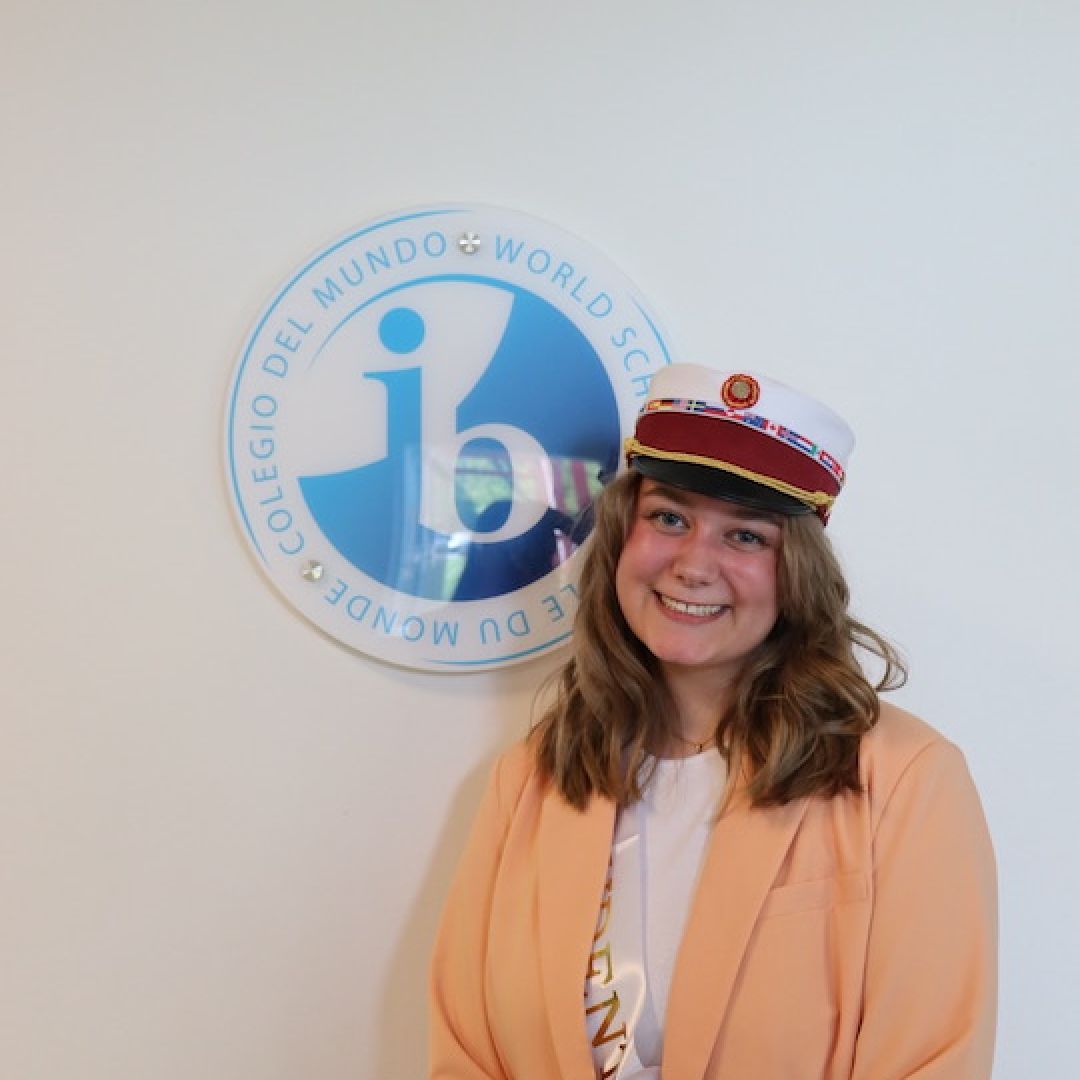The Diploma Subjects:
Group 1: Studies in Language and Literatur:
Group 2: Language Acquisition:
Group 3: Individuals and Societies:
Group 4: Experimental Sciences:
Group 5: Mathematics:
Group 6: The Arts:
Theory of Knowledge:


